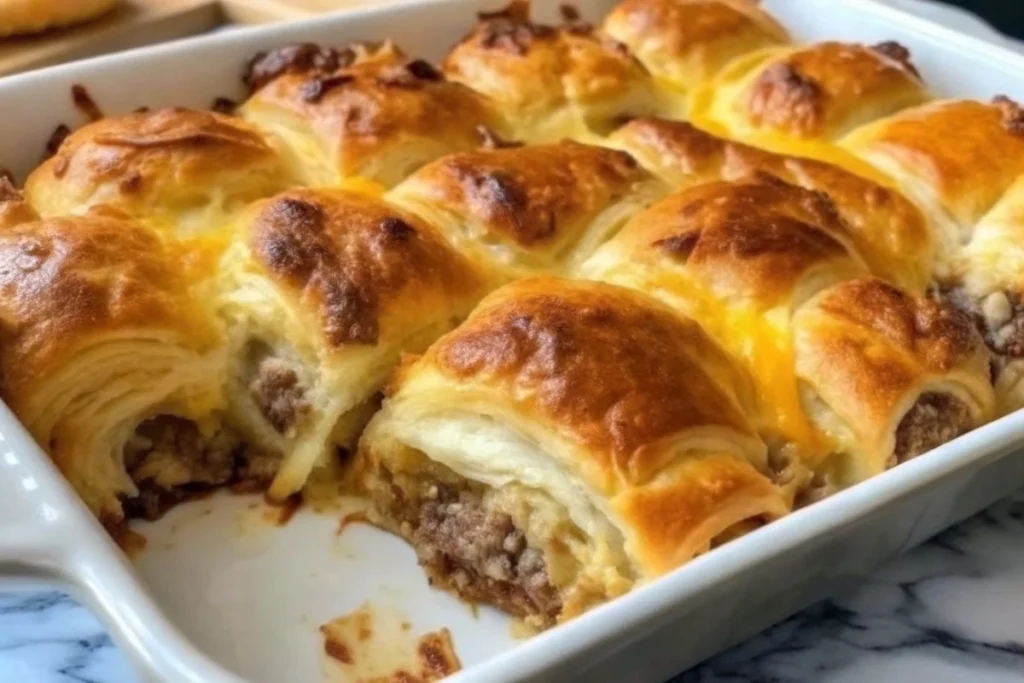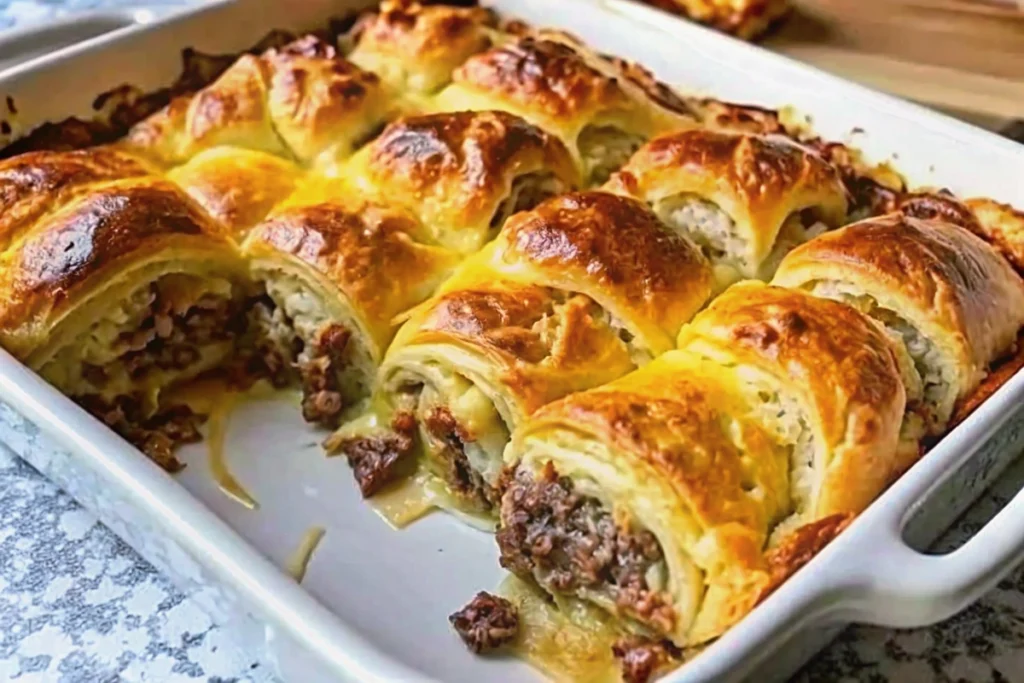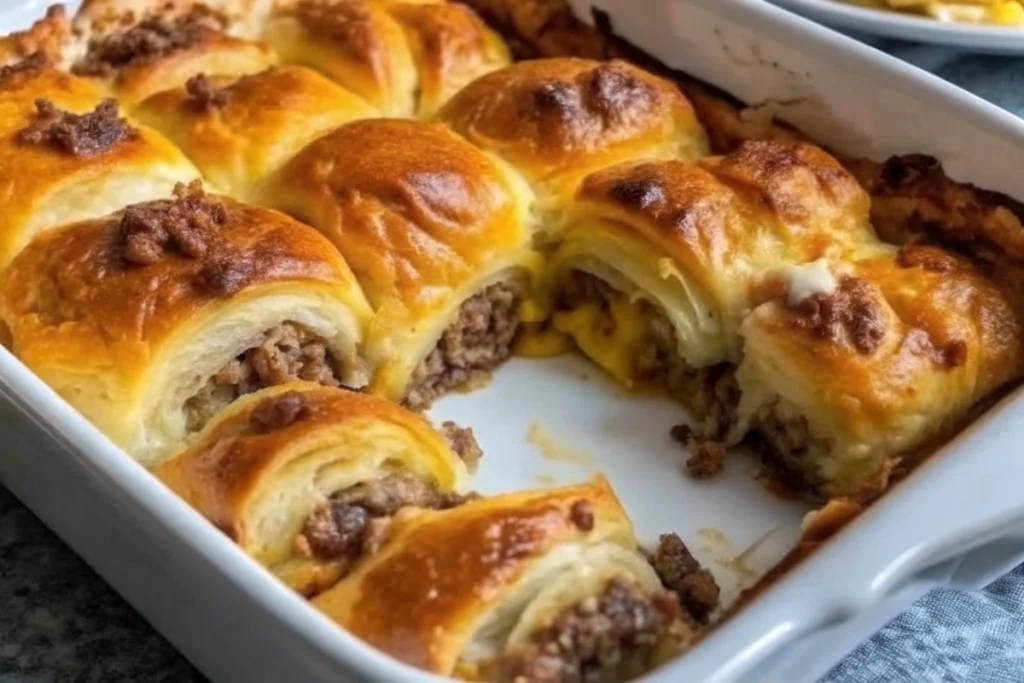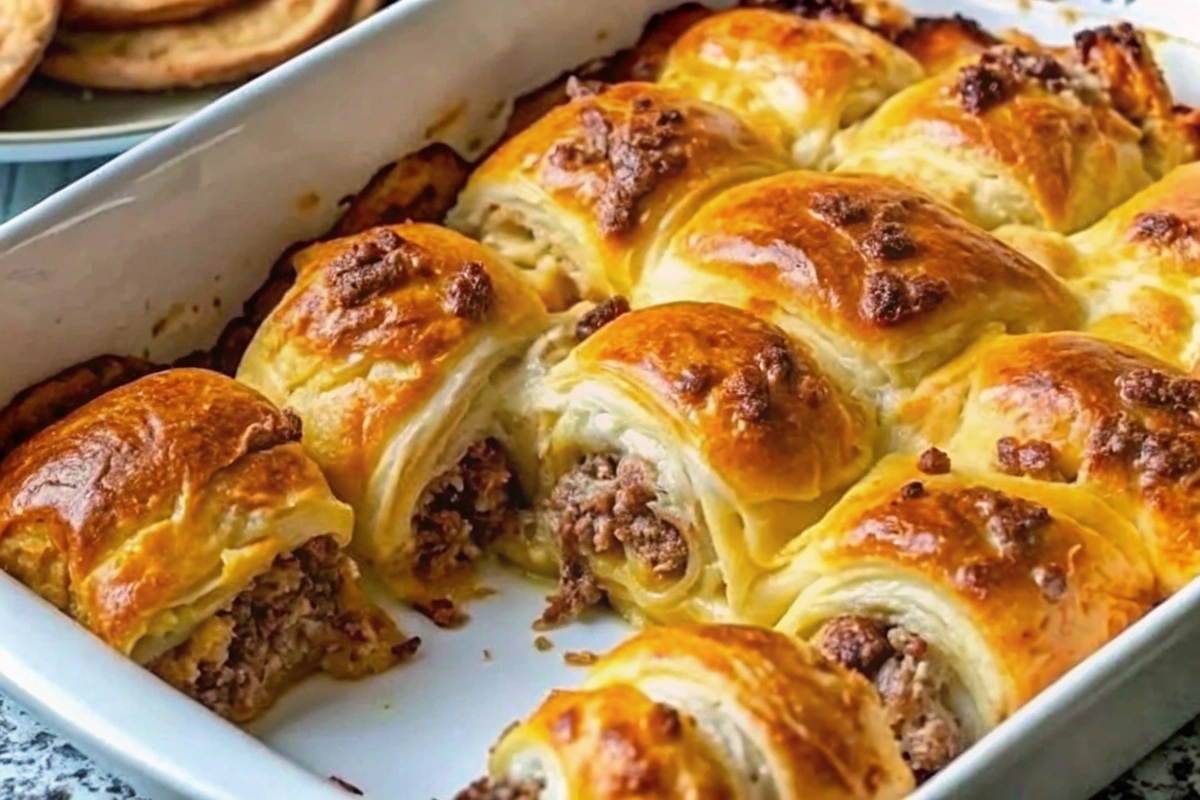Soft and fluffy, fragrant bread holds a cherished place in culinary traditions worldwide. Its delicate crumb, enticing aroma, and tender texture make it a favorite among bread enthusiasts and casual diners alike. This article delves into the art and science of crafting such bread, exploring essential techniques, key ingredients, cultural variations, and providing a comprehensive recipe to guide you in baking your loaf at home.
The Science Behind Soft and Fluffy Bread
Achieving the ideal softness and fluffiness in bread involves understanding the underlying scientific principles:
- Gluten Development: Proper kneading aligns gluten proteins, forming a network that traps gas and provides structure. This elasticity is crucial for a soft, airy crumb.
- Yeast Fermentation: Yeast consumes sugars, producing carbon dioxide that leavens the dough. Controlled fermentation enhances flavor and contributes to a light texture.
- Role of Fats and Sugars: Ingredients like butter and sugar tenderize the dough by shortening gluten strands and retaining moisture, resulting in a softer crumb.
Key Ingredients for Fragrant Bread
The choice of ingredients significantly influences the bread’s aroma and texture:
- Flour Selection: High-protein bread flour develops more gluten, offering better structure and chewiness.
- Sweeteners: Sugar or honey not only sweeten but also enhance browning and moisture retention.
- Fats: Butter or oil enriches flavor and contributes to a tender crumb.
- Dairy Additions: Milk or milk powder adds richness and a subtle sweetness, enhancing both flavor and aroma.
Popular Variations Across Cultures of soft and fluffy fragrant bread
Soft and fluffy, fragrant bread manifests uniquely across different cultures:
- Japanese Milk Bread (Shokupan): Known for its pillowy softness and slightly sweet flavor, this bread utilizes the tangzhong method—a cooked flour paste that enhances moisture retention and extends shelf life.
- Brioche: A French classic, brioche is enriched with eggs and butter, resulting in a tender, flavorful crumb. Its versatility makes it suitable for both sweet and savory applications.
- Pandan Chiffon Cake: Popular in Southeast Asia, this light, airy cake incorporates pandan extract, imparting a unique fragrance and vibrant green hue.
- Scallion Bread: A Taiwanese favorite, this soft bread is topped with fragrant green onions, offering a delightful savory twist.
Essential Techniques for Achieving Softness and Fragrance
Mastering specific techniques is key to baking soft, aromatic bread:
- Tangzhong Method: This technique involves cooking a portion of the flour with water or milk to create a roux-like paste. Incorporating tangzhong into the dough enhances moisture retention, resulting in a softer, fluffier bread that stays fresh longer. The Perfect Baked Brie in Puff Pastry
- Proper Kneading: Developing gluten adequately ensures the dough can trap gas effectively, contributing to a light texture.
- Fermentation and Proofing: Allowing the dough to ferment and proof at controlled temperatures enables optimal yeast activity, enhancing flavor and texture.
- Baking Conditions: Maintaining the right oven temperature and humidity ensures even baking and a desirable crust.

Step-by-Step Recipe for Soft and Fluffy Fragrant Bread
Embark on baking your own soft and fluffy fragrant bread with this detailed recipe:
Ingredients
- For the Tangzhong:
- 2 tablespoons (20g) bread flour
- 1/2 cup (120ml) water
- For the Dough:
- 2 1/2 cups (320g) bread flour
- 3 tablespoons (40g) sugar
- 1 teaspoon salt
- 2 teaspoons instant yeast
- 1/2 cup (120ml) warm milk
- 1 large egg
- 1/4 cup (60g) unsalted butter, softened
Instructions
- Prepare the Tangzhong:
- Combine 2 tablespoons of bread flour with 1/2 cup of water in a saucepan.
- Cook over medium heat, stirring continuously, until the mixture thickens into a paste.
- Remove from the heat and let it cool to room temperature.
- Mix the Dough:
- In a large bowl, combine 2 1/2 cups of bread flour, 3 tablespoons of sugar, 1 teaspoon of salt, and 2 teaspoons of instant yeast.
- Add the cooled tangzhong, 1/2 cup of warm milk, and 1 large egg. Mix until a shaggy dough forms.
- Knead the Dough:
- Transfer the dough to a floured surface and knead for about 5 minutes.
- Gradually incorporate 1/4 cup of softened unsalted butter, continuing to knead until the dough is smooth and elastic.
- First Rise:
- Place the dough in a greased bowl, cover, and let it rise in a warm place until doubled in size, approximately 1 hour.
- Shape the Dough:
- Punch down the risen dough and divide it into equal portions.
- Shape each portion into a ball or desired form and place them in a greased loaf pan or on a baking sheet.
- Second Rise:
- Cover the shaped dough and let it proof until puffy and nearly doubled, about 45 minutes.
- Bake:
- Preheat the oven to 350°F (175°C).
- Bake the bread for 25-30 minutes, or until golden brown and sounds hollow when tapped.

Serving Suggestions and Pairings for soft and fluffy fragrant bread
Soft and fluffy, fragrant bread is incredibly versatile, making it a delightful addition to meals at any time of day. Here are some delicious ways to enjoy it:
Breakfast Ideas
- Toasted with Butter and Jam:
- A warm slice with a pat of butter and your favorite fruit preserve makes a comforting morning treat.
- French Toast:
- Use thick slices of your soft bread to make custardy French toast. Its pillowy texture absorbs the egg mixture perfectly.
- Egg and Cheese Sandwich:
- Lightly toasted and filled with scrambled eggs, melty cheese, and a touch of seasoning for a satisfying start to your day.
Lunch or Light Meals
- Savory Sandwiches:
- Pair with sliced meats, leafy greens, and a smear of mustard or mayo. The bread’s soft texture complements both bold and mild fillings.
- Soup Companion:
- Serve alongside creamy soups like tomato, mushroom, or corn chowder for a cozy, comforting combo.
Snack and Dessert Options
- Sweet Rolls or Buns:
- Fill the dough with cinnamon sugar or chocolate chips before baking for a sweet twist.
- With Tea or Coffee:
- Enjoy plain or lightly buttered slices with your afternoon beverage for a simple indulgence.
This bread’s mild sweetness and aromatic richness make it the perfect canvas for endless flavor combinations.

Frequently Asked Questions (FAQs)
Here are answers to some of the most common questions about making soft and fluffy fragrant bread:
1. How can I keep my bread soft for longer?
To keep your bread soft, store it in an airtight container or wrap it in plastic wrap once it has completely cooled. Avoid refrigeration, as it accelerates staling. For even longer freshness, freeze the bread and reheat as needed.
2. Can I use whole wheat or other alternative flours?
Yes, you can substitute part of the bread flour with whole wheat flour, but doing so may result in a denser texture. For best results, start by replacing 25% of the bread flour with whole wheat and adjust the hydration slightly, as whole wheat absorbs more moisture.
3. What is the tangzhong method, and why is it effective?
The tangzhong method involves cooking a portion of the flour with water or milk into a thick paste before adding it to the dough. This technique allows the dough to retain more moisture, resulting in a softer, fluffier texture and extending the bread’s freshness.
4. How do I know if my dough is kneaded enough?
Properly kneaded dough should feel smooth and elastic. One simple test is the windowpane test—stretch a small piece of dough between your fingers. If it forms a thin, translucent sheet without tearing, the gluten is well-developed.
5. Can I make this bread without a stand mixer?
Absolutely! You can knead the dough by hand. It might take a bit more time and effort (about 15–20 minutes of kneading), but you can still achieve a soft and fluffy result with proper technique and patience.
Common Mistakes and Troubleshooting
Even with the best intentions, baking soft and fluffy fragrant bread can go wrong if certain steps are overlooked. Here’s a breakdown of common mistakes—and how to fix them—to help ensure every loaf comes out perfect.
1. Dense or Heavy Texture
Cause:
- Under-kneaded dough
- Inactive yeast
- Insufficient proofing
Fix:
- Knead until the dough is smooth and passes the windowpane test.
- Always check the expiration date on your yeast.
- Let the dough double in size during both proofing stages. Don’t rush the rise!
2. Dry or Crumbly Bread
Cause:
- Overbaking
- Not enough moisture in the dough
- Skipping the tangzhong method
Fix:
- Bake only until golden brown and it sounds hollow when tapped.
- Follow hydration guidelines in the recipe.
- Use the tangzhong method to lock in moisture.
3. Bread Doesn’t Rise Properly
Cause:
- Yeast was killed by hot liquids
- Cold kitchen slows down fermentation
- Not enough kneading
Fix:
- Use lukewarm milk or water (about 100–110°F or 37–43°C).
- Let the dough rise in a slightly warm, draft-free area.
- Knead well to develop gluten that traps air.
4. Uneven Crust or Texture
Cause:
- Uneven shaping
- Inconsistent oven temperature
- Poor steam control during baking
Fix:
- Shape the dough uniformly before final proofing.
- Preheat your oven thoroughly and avoid opening it mid-bake.
- Place a pan of hot water in the oven to create steam if a soft crust is desired.
Conclusion
Soft and fluffy fragrant bread is more than just a baked good—it’s a comforting, homemade delight that brings warmth and joy to any table. From the science of gluten development to the artistry of shaping and baking, every step plays a crucial role in achieving that perfect texture and irresistible aroma.
Whether you’re using the tangzhong method to lock in moisture, experimenting with cultural variations like Japanese milk bread or brioche, or simply enjoying a warm slice with butter, the possibilities are endless. Once you’ve mastered the core techniques, you can customize the dough with fillings, toppings, or unique flavors that suit your tastes and traditions.
The journey from raw ingredients to a golden, aromatic loaf is incredibly rewarding. With the detailed step-by-step soft and fluffy fragrant bread recipes and helpful tips in this guide, even beginner bakers can confidently create their own bakery-quality bread at home.
So preheat your oven, dust off your flour, and give it a try. Once you taste that soft, fluffy crumb fresh from your kitchen, you’ll never want to go back to store-bought. The joy of baking and the delightful scent that fills your home is just one loaf away. Happy baking!

